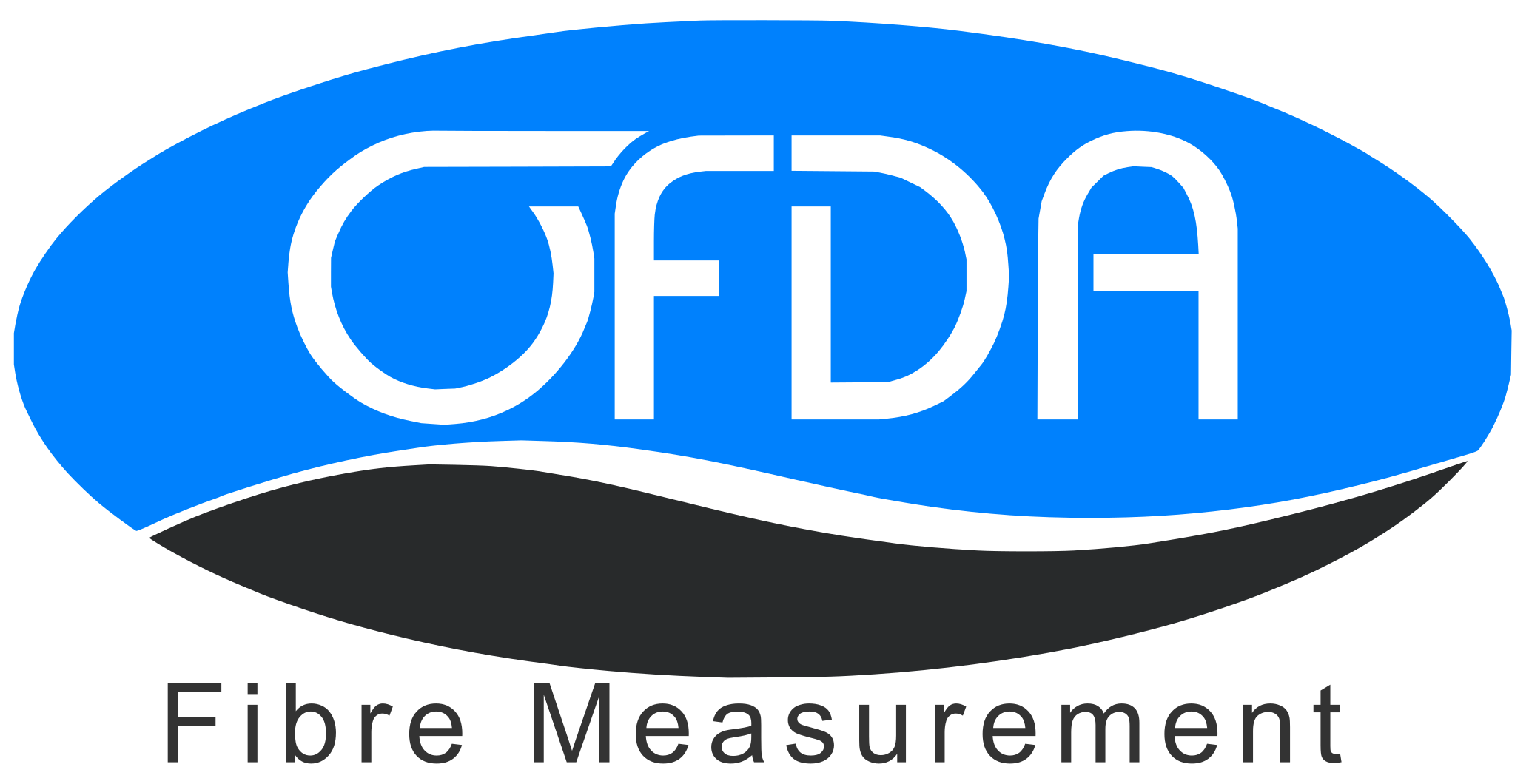OFDA for Flax Fibres: How to Choose Between OFDA2000 and OFDA4000
- Thomas Hegerty
- Oct 3
- 4 min read
Flax is enjoying renewed interest. From premium linen to bio-composites and low-impact homewares, this bast fibre sits at the intersection of performance and sustainability. To unlock its potential, you need trustworthy numbers—especially on fibre diameter (micron) and, at later stages, true length and short-fibre content. That’s where OFDA—an optical, image-based analyser—fits. It measures large numbers of fibres quickly and reports the full diameter distribution (mean, SD, CV, histogram) that mills and brands actually use. No lasers, no guesswork. (OFDA+1)
Flax 101 (and why measuring it is different)
Flax fibres don’t arrive as neat, single filaments. They grow in the stem as bundles (“technical fibres”) glued with pectin; each bundle is made up of elementary fibres (individual plant cells) with an irregular cross-section and a lumen (a hollow). That microstructure varies along and between plants and is heavily influenced by retting and processing. For measurement, this means two things: (1) prepare/individualise the fibres correctly, and (2) rely on methods that characterise a distribution, not a single number. (allianceflaxlinenhemp.eu+2SpringerLink+2)
There are established alternatives too. ISO 2370 defines permeametric fineness tests for flax—useful at scale, but they estimate fineness indirectly from air flow through fibre packs. OFDA, by contrast, measures the width of individualised fibres optically on a slide. Both have their place; they answer different questions. (Iteh Standards)
Can OFDA be used for flax fibres?
Yes—when fibres are degummed/individualised (e.g., after retting, scutching and hackling), OFDA has been used to assess flax, hemp and ramie fineness with strong correlation to conventional image analysis and airflow tests. It’s a practical route when you want rapid diameter distributions on research lines, breeding trials, or prepared slivers. (SpringerLink)
When to pick OFDA2000 for flax
Choose OFDA2000 when your priority is diameter—fast. In clean-snippet (slide) mode you cut ~2 mm snippets, spread them on a 70 mm × 70 mm glass slide, and measure thousands of fibres in seconds; in the shed-friendly fibreglass slide mode you can work with minimally prepared fibres and still get robust distributions. Results include mean micron, SD, CV, histogram—and optional curvature if relevant to your programme. Throughput in FAST configuration reaches up to 20,000 fibres in 25 seconds, reducing operator influence and giving stable statistics. (OFDA)
This is the natural fit for:
Variety screening & R&D where you need many diameter distributions quickly.
Process comparisons (dew vs water vs enzyme retting; scutching/hackling settings) where you want a sensitive read on fineness shifts.
Quality control on prepared flax slivers/yarns when length is handled elsewhere.
Because OFDA measures individualised fibres, be clear about prep: if you feed bundles, you’ll measure bundle widths, not elementary fibre diameters. Prep quality drives data quality. (denkendorfer-fasertafel.eu)
When to pick OFDA4000 for flax
Select OFDA4000 when you also need true length and short-fibre (%)—particularly on tops or sliver. The instrument automates feed and scanning, then reports diameter distribution and length distribution in one pass; Hauteur is derived from the true length × diameter profile, avoiding assumptions baked into older capacitive length methods. A standard 4,000-fibre test takes ~5 minutes with ~30 seconds of user input, making it practical on production lines and in research. It’s also aligned with IWTO-62 workflows for wool tops, which many labs adapt when handling other fibre slivers. (OFDA)
This is the better choice for:
Practical sampling notes for flax programmes
Good data starts with good prep. After retting, scutching and hackling individualise fibres; “line” (long) and “tow” (short) fractions can be handled separately. For diameter work with OFDA, prepare clean, individualised fibres for slide measurement; for combined length + diameter, run sliver in OFDA4000 Top mode. Document the retting route and processing settings—your distribution shifts will often track these changes. (allianceflaxlinenhemp.eu+2El-Delta for flax+2)
Two extra nuances:
Irregular cross-sections and lumen: plant-fibre sections aren’t perfect circles. Some studies compute an equivalent diameter that accounts for lumen area—another reason to measure many fibres and review the full histogram, not just the mean. (ScienceDirect)
Standards context: if your buyer requests ISO 2370 fineness, run that permeametric test; if they want a micron distribution of individual fibres, OFDA2000/4000 is the right tool. State the method on reports so results remain comparable. (Iteh Standards)
Why OFDA for flax?
OFDA is optical (no lasers), fast and repeatable, and designed to capture distributions rather than single numbers—exactly what you need for a naturally variable bast fibre. It’s already used across animal fibres globally; applying the same rigour to flax gives designers and process engineers comparable, decision-ready data. (OFDA+1)
Talk to us
If you’d like to test your flax—line and tow, lab and production—we can run a few samples and show you what OFDA2000 and OFDA4000 reports look like side-by-side. Speak with an OFDA specialist to design the right workflow for your programme.

